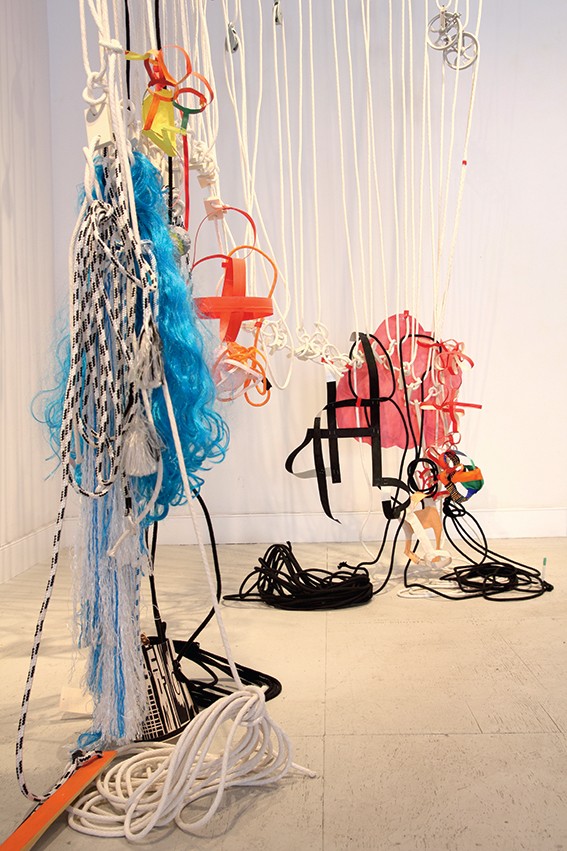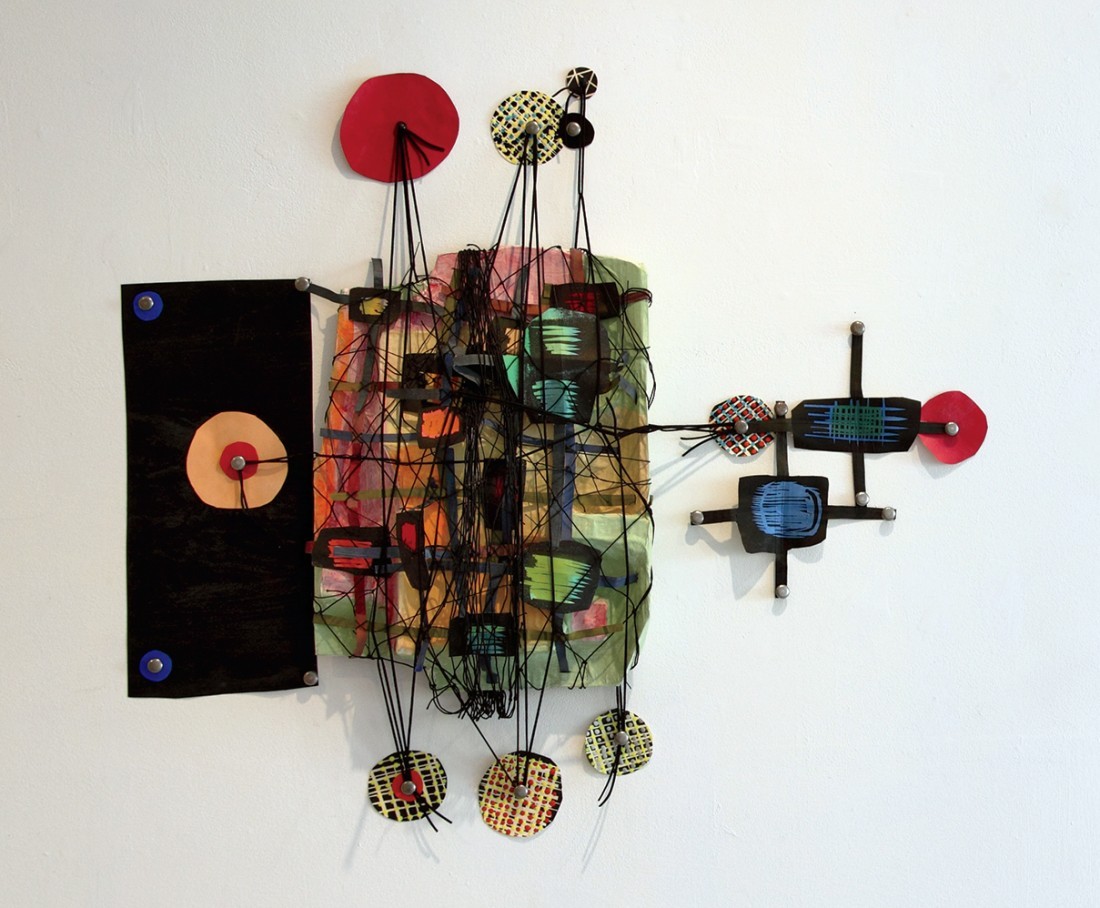Libby Hague
Back in the early ’90s I spent a good deal of time celebrating an unheralded local rock band named Pretty Green, who epitomized all that was transcendental about collectively created music of the two-guitars-bass-drums variety. The members of the band had been around the block a couple of times. They were—in the parlance of jazz—“players,” and as such took to the rock form by focusing not so much on a mastery that preceded the performance, but one that was the performance itself. Which is to say they played music with the same sort of all-bets-off, let’s-see-where-this-takes-us attitude as the freer end of the jazz spectrum. However, they weren’t a Grateful Dead-worshipping jam band. Their standards (as in the songs in their repertoire) came straight from the garage and held fast to the primordial aesthetic that emerged when lunkheads in basements across the nations aspired to what Dave Hickey refers to in his essay of the same name as “the delicacy of rock-and-roll.”

Backbone (detail), 2012-2013, various ropes and pulleys, gorgeous blue wig, corian, wood, woodcut prints, paper sculpture laminated with wire, cast paper, acrylic, tape, aqua resin, assorted hardware, dimensions variable.
Later, when I heard Winnipeg filmmaker Guy Maddin describe with admiration the particular quality of film made in the early years of the medium as a kind of primitivism, I recognized a similar aesthetic. In both cases, the audience is drawn into the proceedings to compensate for the inevitable failure (not a bad thing: in fact, a necessary thing) of the work. This sympathetic response provides a foundation for all art. It is the acknowledged suspension of disbelief, the leap of faith that allows artifice to appear as truth, and the closing of the semiotic circuit that gives a work meaning. Every artist relies on it—primitives are just more obvious in foregrounding their needs.
They lack recognition, though, because of the repressive effect of professionalism. Primitivism is fundamentally anti-establishment, uncommercial, critical and all-too-human. Which is just to say that creative work—whether it is music, film or art—that clearly demonstrates the work (as in effort) of generating and sustaining meaning (and if you’re trying to say anything new, non-clichéd, uncommodified or true, it’s really fucking hard to do this) is something that needs to be celebrated. An appreciation of so-called outsider art is grounded in an amazement at the possibility of this spontaneously happening, but troubled by the disrespect of glorifying accidents. Intentional artists (for lack of a better term) masterfully push their limits and fail in original ways. They succumb, as we all do but to a lesser degree, to the entropy of meaninglessness. Or, they are dragged one way by the tractor beam of style, and another way by the gravitational pull of tradition. To permanently resist these forces makes you crazy. To temporarily resist them makes you an artist.
Libby Hague is an artist living in Toronto whose recent work at Loop Gallery hangs off the walls through a precarious pin-and-strapping system. It is also a precarious pin-and-strapping system. In other words, each piece relies on an intricate internal support structure that both holds it together and is the thing being held together. It is—in the three-dimensional translation of the aspirations of abstract paintings that aspire to be representations of themselves—both the thing and the construction of the thing, so when you regard it you see the art and its making at once.

Libby Hague, Gabrielle, 2013, woodcut print on wire-laminated paper, rope cord, netting, papier mache, various upholstery tacks, 36 x 35 inches x 3 feet. Images courtesy the artist and Loop Gallery, Toronto.
This, like the improvisation that might collapse into noise or the film that might be just beyond comprehension, is very exciting indeed. However, in order to fracture the frame of form, there has to be a tradition with which to start. Pretty Green took off from proto-punk classics like “Time Has Come Today.” Guy Maddin relies on our now-ingrained literacy with vintage film tropes. Hague draws on her memories of Quebecois abstraction by the likes of Riopelle and Borduas to leap into the void. The results are both self-aware (in that she knows what’s she doing) and unselfconscious (in that she goes for it). She animates the line, shape and colour of non-representational canvases into energetic assemblages that resemble cartoon painting machines. The component parts include multicoloured lozenges printed with brush strokes (to both represent and function as brushstrokes), single pigment dots cut haphazardly from construction paper and fastened to the wall with oversized thumbtacks (to anchor the work both metaphorically and literally) and actual string tied off on said thumbtacks to web the proceedings down (because there isn’t any support structure—no frame, no plinth, no scaffold, just the wall and air).
Deliriously unstable, the works exude a giddy intensity while the exhibition as a whole is imbued with an antic spirit that evokes yet another archetype of the unformed: the child. Hague is never childish or childlike, but she thumbs her nose at her adored elders (and their traditions, and their authority) with a hint of the carnivalesque that also characterizes the often misjudged and equally unheralded primitive masters of the Looney Tunes school. Artists like Tex Avery and Friz Freleng provide an additional parentage to her animated abstraction and reinforce her subtextual (and likely subconscious) thesis that tempting chaos isn’t the sole purview of rock ’n’ roll. Th-th-th-that’s all folks!
“Libby Hague: Synchromesh,” was exhibited at Loop Gallery, Toronto, from March 30 to April 21, 2013.
Terence Dick is a writer who lives in Toronto. He is the Toronto correspondent and editor for www.akimbo.ca.

